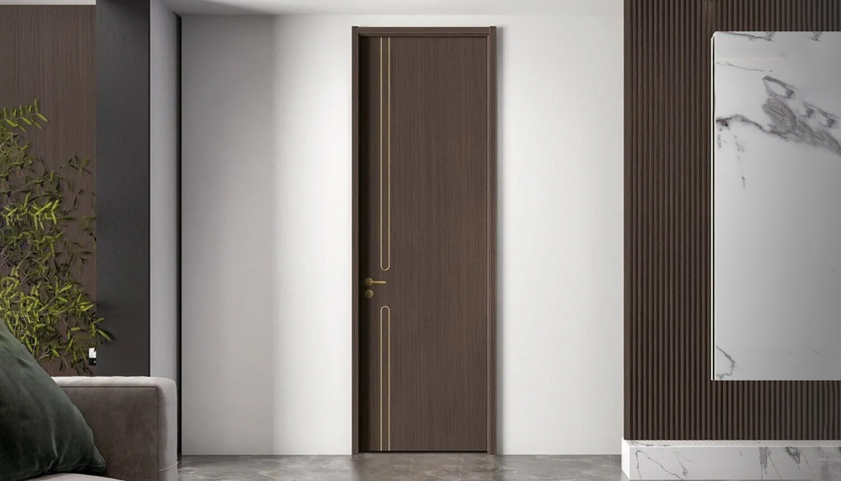The interior door market is experiencing continuous innovation as manufacturers seek to address the evolving needs of customers. Among the various products gaining attention, WPC Door and WPC solid door have become significant players in this transformation.

One key area of innovation is the use of new composite materials like those found in WPC Doors. By combining wood fibers with plastic polymers, manufacturers create doors that balance the natural aesthetics of wood with enhanced performance features. WPC solid door products offer improved resistance to moisture, insects, and physical wear, addressing common concerns that customers have with traditional wooden doors. This material innovation broadens the range of applications for interior doors, including spaces where humidity or heavy use would typically cause problems.
Customization options have also expanded thanks to advances in production technology. WPC Doors can now be manufactured in a variety of textures, colors, and finishes that suit different interior styles. From doors that closely resemble natural wood grain to modern lessist designs, the versatility of WPC solid door products allows homeowners and designers to tailor doors to specific aesthetic preferences. This flexibility is important for meeting the diverse tastes and functional needs of a wide customer base.
Sustainability is another driver of innovation in interior door production. WPC Door manufacturers are increasingly integrating recycled materials and eco-friendly production methods to reduce environmental impact. The long lifespan and recyclability of WPC solid doors contribute to their appeal for customers who prioritize green building materials. Innovations in bio-based polymers and improved manufacturing efficiency also support these sustainability goals, aligning with global efforts to reduce carbon footprints.
In addition to materials and design, manufacturing processes themselves have improved. Automation and precision molding techniques enhance product consistency and quality while reducing waste. These advances help lower costs and shorten production times, allowing manufacturers to offer a broader range of options at competitive prices. This efficiency supports customer demands for timely delivery and a wide product selection.
Maintenance and installation innovations also contribute to customer satisfaction. WPC Doors tend to require less maintenance than traditional wood doors, reducing the effort and cost for homeowners. Their stability and uniformity make installation easier and more precise, which benefits both professionals and DIY enthusiasts. These practical advantages align with the preferences of customers seeking durable and convenient door solutions.
Moreover, integration of smart technologies is an emerging trend in the door industry. While WPC solid doors are primarily valued for their material properties, manufacturers are beginning to explore ways to embed smart features such as integrated sensors, security systems, or automated locking mechanisms. These advancements will further increase the functionality of interior doors, providing added value for users in residential and commercial settings.
It remains important for manufacturers to uphold high standards of quality and safety despite rapid innovation. Certification and rigorous testing ensure that WPC Door and WPC solid door products meet performance expectations in various environments. Reliable products foster customer confidence and long-term satisfaction.
The innovations in interior door production continue to shape the market by meeting the diverse needs of customers. WPC Door and WPC solid door products exemplify this trend by combining material advancements, customizable designs, sustainable practices, improved manufacturing methods, and the potential for smart technology integration. These developments offer durable, attractive, and environmentally conscious options for modern interior spaces.

 English
English 中文简体
中文简体